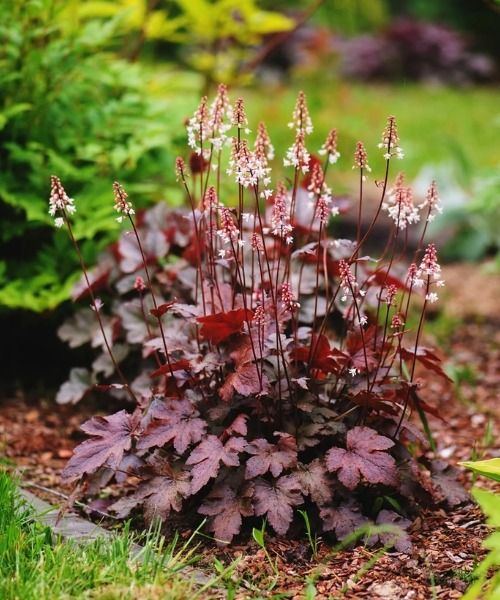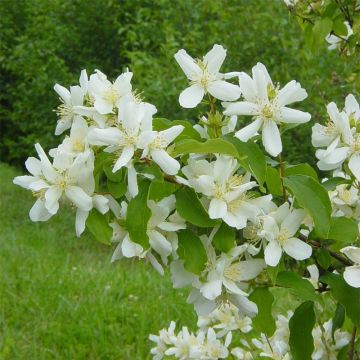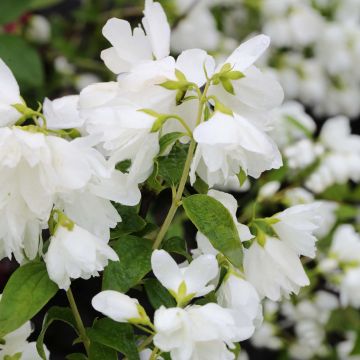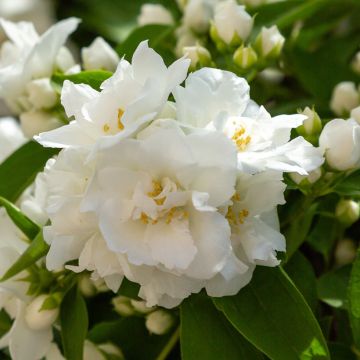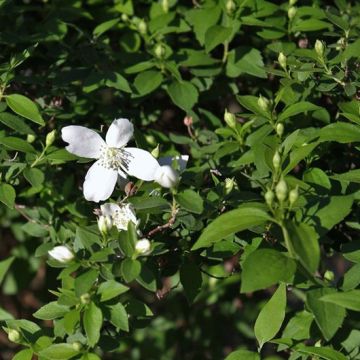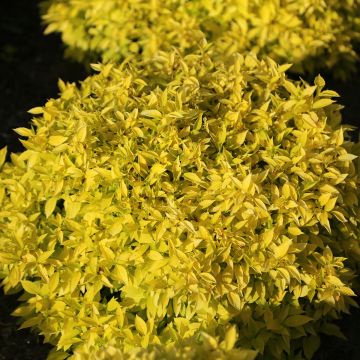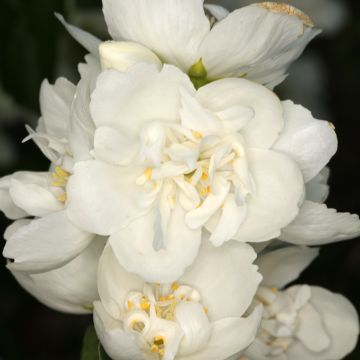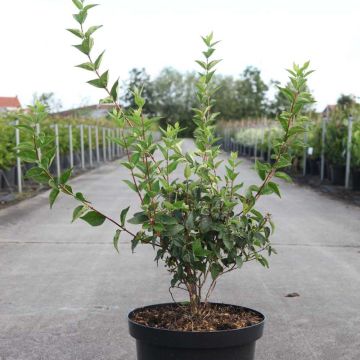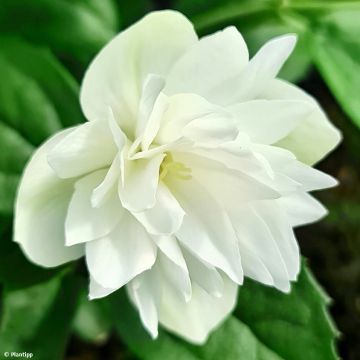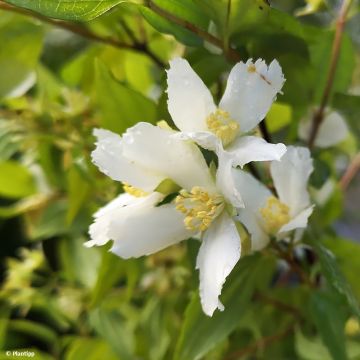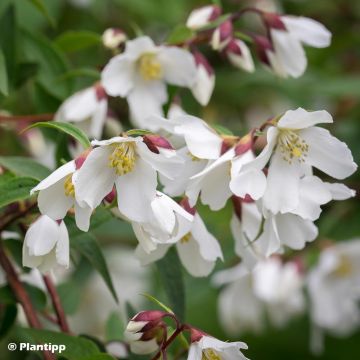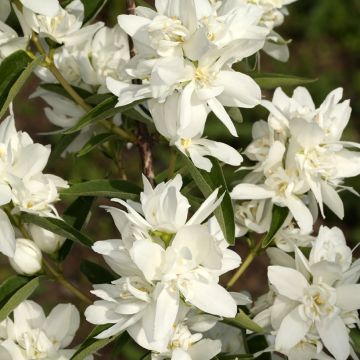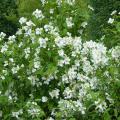Dwarf Philadelphus
Does this plant fit my garden? Set up your Plantfit profile →
Available in 1 sizes
Available in 4 sizes
Available in 2 sizes
Available in 1 sizes
Available in 2 sizes
Available in 1 sizes
Available in 2 sizes
Available in 1 sizes
Available in 1 sizes
Available in 2 sizes
Available in 2 sizes
Available in 1 sizes
Available in 1 sizes
Available in 1 sizes
Available in 1 sizes
Available in 1 sizes
Small mock orange shrubs or Philadelphus of small size, suitable for small gardens, low hedges, small flower beds. These deciduous bushes measure between 1 m (3ft) and 1.50 m (5ft) in height in the long term, but have the same qualities and charm as the large poet's jasmines: their white flowering, between June and July, single to double, is very often fragrant. The 'Manteau d'Hermine' (1.50 m (5ft)) is an old creation that is still appreciated for its regular, dense habit, and the abundance of its slightly fragrant double flowers. More recent and shorter are the varieties of Philadelphus 'Little White Love', 1 m (3ft) in height, with remarkably fragrant large flowers, or the dwarf 'Frosty Morn', 1.25 m (4ft) in all directions, which is adorned with clusters of double flowers resembling pompoms. The Philadelphus polyanthus 'Mont Blanc' still has its followers, with its simple corollas that exude a sweet fragrance. Very unusual with its cascading branches, the 'White Rock' (Pekphil) forms an adorable fountain literally covered with white flowers in early summer. All these small bushes, which take up little space, are perfectly suited to small spaces, urban gardens, and container cultivation to decorate the terrace or balcony.
Easy to grow, the Mock Orange thrives in most soils, even fairly dry ones in summer, it is not very susceptible to diseases and shows great hardiness. It tolerates pruning well, which is even recommended from time to time to rejuvenate older subjects.
Haven't found what you were looking for?

































